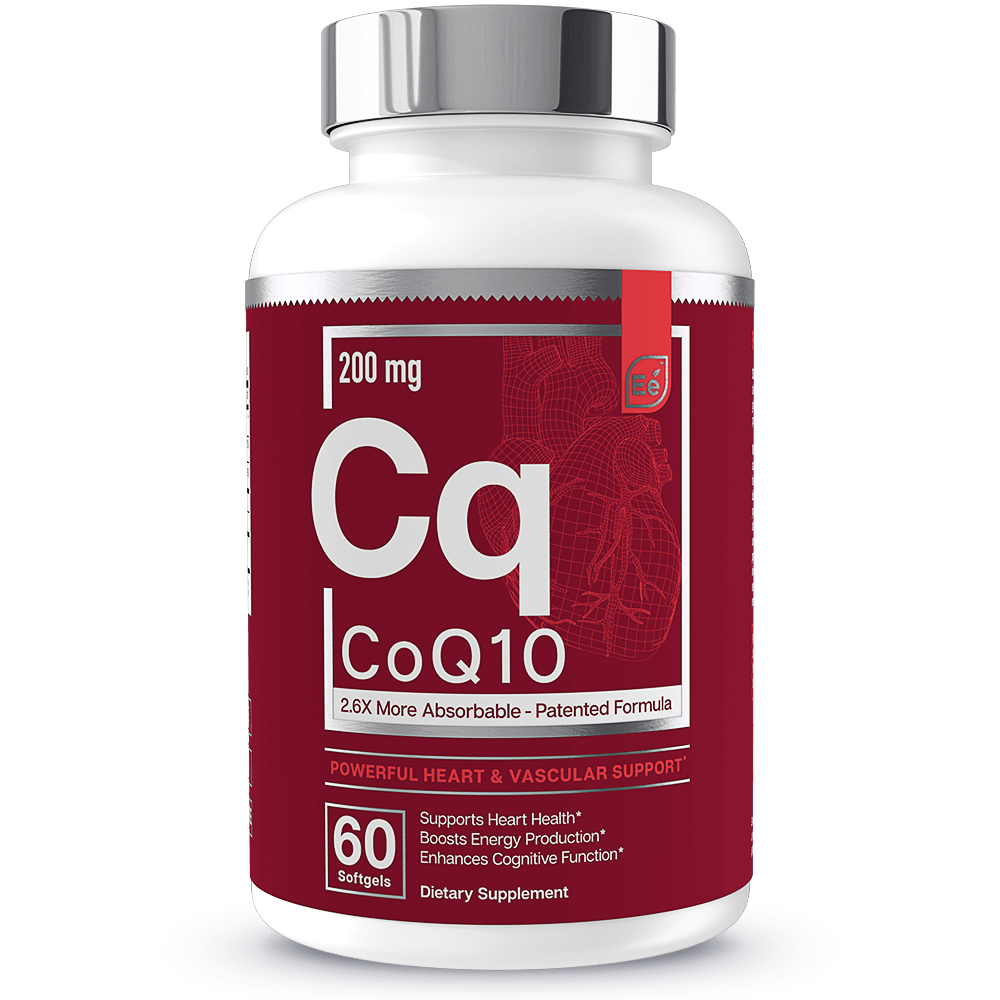5 Stem Cell Therapy Benefits for Heart Disease, Joint Pain, & More
8 minute read
Stem cell research has been as controversial as it has been beneficial.The biggest discovery to date is the ability for stem cell therapy to heal injuries and provide pain relief for several chronic conditions.
With many professional athletes already using stem cell therapy to recover from injuries, stem cells have gained increased acceptance.
Using this finding as a launch pad, stem cell therapy now is being considered for treatment of serious conditions from heart disease to Alzheimer’s. It’s worth taking a few moments to see just how much potential stem cell therapy has and how much progress has already been made.
The Miracle of Stem Cell Therapy
Prolotherapy is a non-surgical treatment option for serious health conditions. An irritant is directly injected at a injury site and kick-starts the body’s natural immune response.
| Related: Singer Glen Campbell’s Inspirational Alzheimer’s Battle |
Stem cell therapy falls under this type of treatment and is commonly used for pain relief with back and joint problems. These treatment options are preferred because of their non-invasive nature and the benefit for painful nerves, joints, tissues, and muscles.
Stem cell therapy involves specifically using the individual’s own cells to repair any damage or injury. Stem cells have proven to be very beneficial to our health and well-being.
These cells give rise to the unspecialized cells and vital organs in our body. Using them allows cells to be replaced that have been removed through injury, damage, or just normal wear and tear.

Research has shown that stem cell therapy can bring many beneficial improvements, such as:
♦ Reduced healing time for wounds and injuries
♦ Pain reduction without the need for mediations
♦ Increased flexibility, range of motion, and functionality of joints
♦ Increased collagen production
♦ Prevention of scar tissue formation
♦ Prevention of hair loss
♦ Decreased nerve damage from injury
♦ Reduced muscle compensation and risk of repeat injuries
Understanding Stem Cells
The stem cells used are typically removed from the brown (adipose) fat in the body or the bone marrow. The cells are placed in centrifuge machines to isolate and concentrate the most valuable components.
| Related: How New Research May Overhaul Our Response to Strokes |
Seven different types of growth factor are included in this mixture. These cells are injected directly into the damaged, injured, or painful area of tissue, allowing the growth factors to get to work creating new cells and connective tissue.
The unspecialized nature of stem cells makes them very powerful. They can be removed from one part of the body and delivered to another without rejection. They can transform into whatever cell they need to be to perform the desired function.
Stem cells can become brain cells, heart tissue cells, red blood cells, or muscle cells depending on what you need.
The concentration of growth factors is what allows stem cells to perform their job quickly. Their presence accelerates the natural repair response within your body, meaning you get reduced healing time.

The direct application to the injured or damaged area also means that medications are no longer needed. They take too long to reach the scene and come with negative side effects anyway.
| Related: Why the Latest Cancer Test Led to Worldwide Excitement |
You get quick and efficient relief and repair with stem cell therapy. Their ability to divide and reproduce quickly allows them to deliver relief right away. Even when they have been inactive for a period of time, they get to work quickly, and you experience the benefits in a short amount of time.
A typical treatment plan can last between one week and three months, but even if you end up in it for the long haul, you will feel the difference after one or two sessions
The Benefits of Stem Cell Therapy
The success of stem cell therapy in treating painful injuries has been such a success that research continues to see where else it can be useful. The properties and regeneration powers of stem cells make them probable candidates for treatments of serious conditions, such as heart disease or cognitive decline.
With many of these conditions having limited treatment options, a natural and more efficient therapy would be ideal. Here are the 5 top benefits of stem cell therapy:
1. Orthopedic Repair
Mesenchymal cells have been found to differentiate into bone, cartilage, tendon, and muscle tissues. When derived from the bone marrow, these cells can facilitate bone repair and cartilage replacement.
| Related: Natural Ways to Boost Bone Healing |
You can benefit from reduced chronic pain, improved functionality, and healed stubborn injuries. The best part is that there is no risk of tumor development, because the cells have a proliferation check procedure in place.

Once the cells start to physically touch each other, growth stops, so you will never end up with more than you need or uncontrolled division.
2. Heart Disease Treatment
Heart disease is characterized by oxygen-deprived heart tissue, which in turn causes scarring. You end up with dangerous blood pressure and blood flow changes.
Stem cell therapy is being used to improve recovery for heart disease patients by stimulating the repair and growth of damaged blood vessels and decreasing the formation of scar tissue, so blood flow is not impacted.
3. Neurodegenerative Disease Therapy
Transplanted stem cells have been shown to help with the formation of new brain cells in cases of Alzheimer’s, Parkinson’s, and stroke. By improving synaptic connections and slowing degeneration, stem cell therapy slows the progression of these diseases.
| Related: New Study Finds Key to Detecting Alzheimer’s Early |
The presence of the new brain cells promotes regulation of dopamine levels, which helps to ward off degeneration. In stroke victims specifically, these cells replace neurons that were damaged, allowing for brain activity and communication to continue, along with better brain health.
4. Overcoming Autoimmune Diseases
With autoimmune disorders such as diabetes, the body attacks its own cells. Stem cells can proliferate and produce the cells that are needed.
In the case of diabetes, the insulin-producing cells that are destroyed can be replaced, allowing for the regulation of blood sugar and control over diabetes.

5. Multiple Sclerosis Treatment
The most recent application of stem cell therapy has been in the fight against MS. Currently, there is no cure for this degenerative condition, so any advancement is necessary.
A faulty immune system is the cause of this disease, so chemotherapy is required to kill the faulty system first. Stem cells are then injected back into the blood to rebuild the immune system. Research in this field is new but continues to be promising.
The Bottom Line
Stem cell therapy has been a focal point of scientific research for decades. Advances have already been seen, from simple pain relief to the development of viable treatment options for serious health conditions.
With sights set on helping those that suffer from incurable diseases and life-altering pain, stem cell therapy and research continues to drive forward, offering relief, repair, and a new start for many. It’s definitely worth having a look.
READ NEXT >>> New Organ May Be Key to Cancer Fight
At 1MD, our mission is to help people make smarter health choices and lead healthier lifestyles by creating industry-leading products and cutting-edge health content. Take advantage of our medically researched supplements for boosting your health by visiting our online store for a complete list of our 100% natural products. We offer family and bulk purchase discounts as well as monthly subscription options for maximum savings.
























 Health Guides
Health Guides
 Latest Research
Latest Research


